Market Trends
Key Emerging Trends in the Ceramic Armor Materials Market
In recent years, the Ceramic Armor Materials Market has changed, reflecting the worldwide military and security sector. Due to their hardness, lightweight, and ballistic resistance, ceramic armor materials are used to make protective gear. Due to global security concerns and the necessity for effective personal protection equipment, innovative ceramic materials with improved ballistic performance are in demand. The market has shifted toward next-generation ceramic armor materials, driven by research and innovation. Manufacturers are spending substantially in R&D to find materials that provide improved ballistic protection, flexibility, durability, and cost-effectiveness. In response, new ceramic composite materials have emerged, combining elements to balance strength and practicality. These advances are crucial as military and law enforcement agencies seek to equip personnel with cutting-edge gear. Geopolitical tensions have driven defense and security investments, shaping market trends. Advanced armor systems are in demand as militaries worldwide modernize. Ceramic materials have a dependable and effective record of protecting workers against ballistic threats. Government contracts and agreements between defense organizations and ceramic armor manufacturers have increased, boosting industry growth. Additionally, the civilian market has helped the ceramic armor materials sector grow. Personal safety concerns and knowledge of possible dangers have raised demand for protective gear in law enforcement, private security, and civilian uses. The market has reacted with a variety of ceramic armor solutions for various end-users, indicating the democratization of superior defensive technology. Multi-functional solutions are another ceramic armor materials industry trend. Manufacturers want materials that withstand severe temperatures, chemicals, and electrical interference in addition to ballistic protection. This tendency coincides with the increasing nature of contemporary combat and security concerns, where soldiers require full protection against a range of threats. However, difficulties exist in the sector, particularly the high production costs associated with advanced ceramic materials. Achieving a balance between performance and price is a fundamental problem for both producers and end-users. Additionally, the market faces competition from alternative materials and technologies, such as sophisticated fibers and polymers, which also provide lightweight and durable qualities. In conclusion, the Ceramic Armor Materials Market is witnessing a dynamic period marked by technical developments, rising global security concerns, and a growing need for varied protection solutions. The industry's innovative and collaborative response to these trends will shape ceramic armor materials' future and their widespread use in diverse applications.

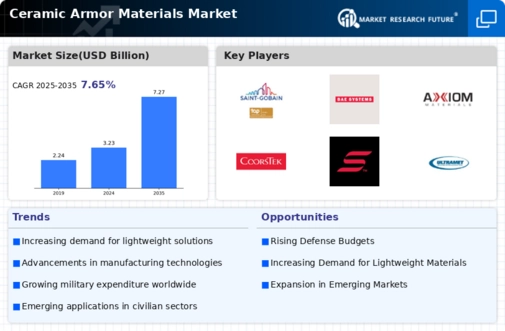
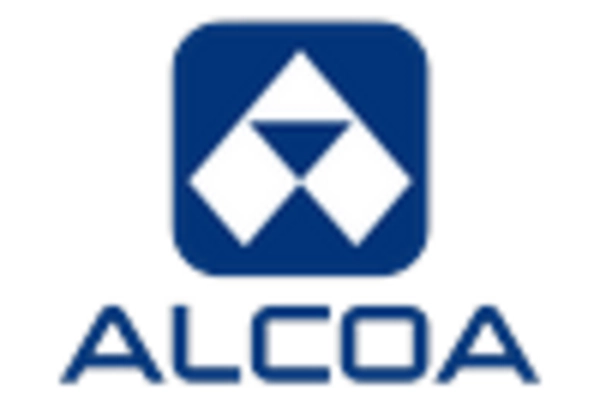
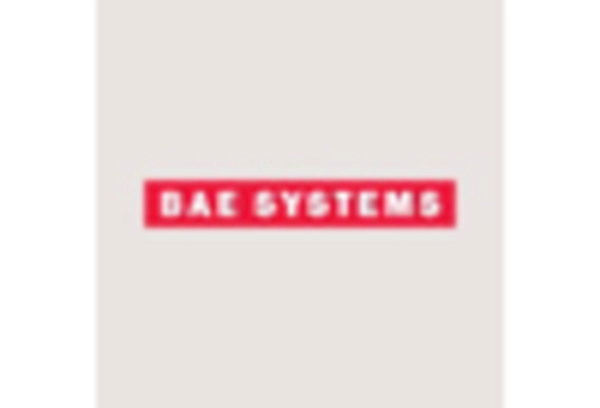
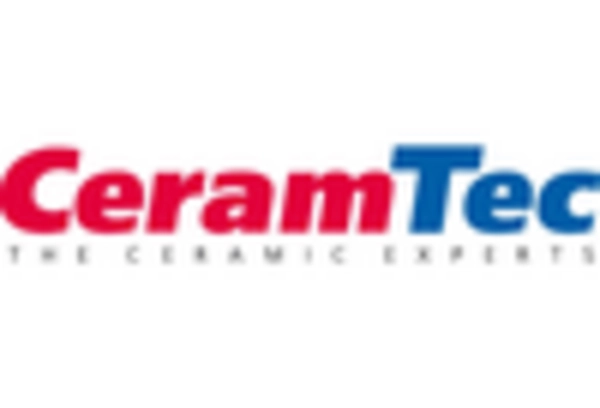
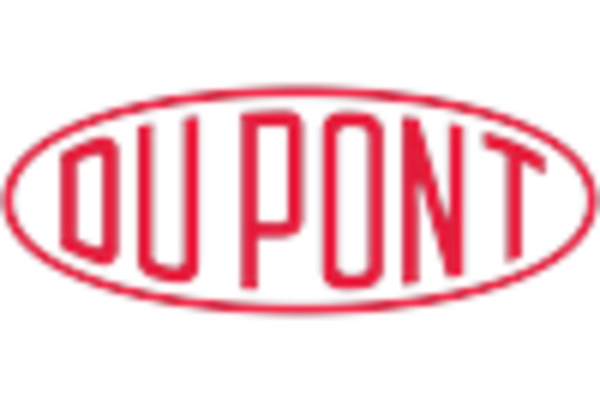
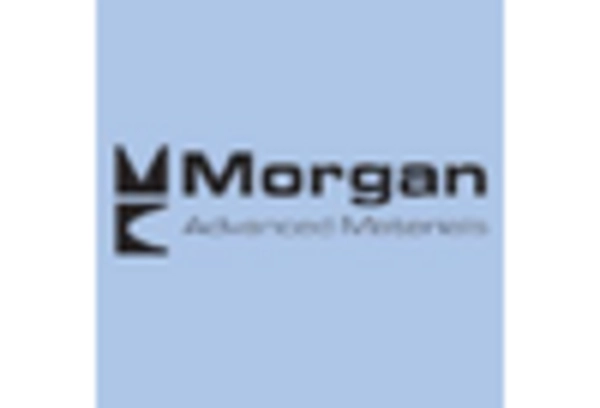
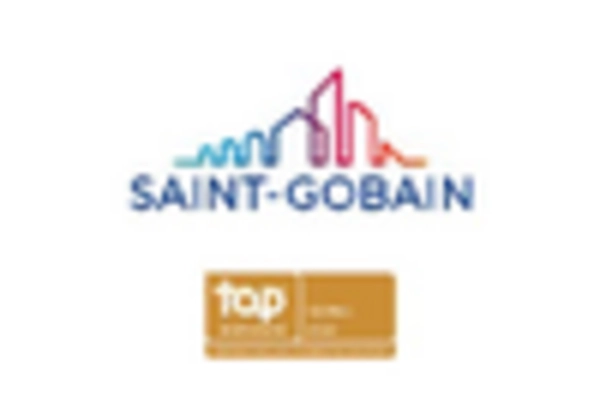









Leave a Comment